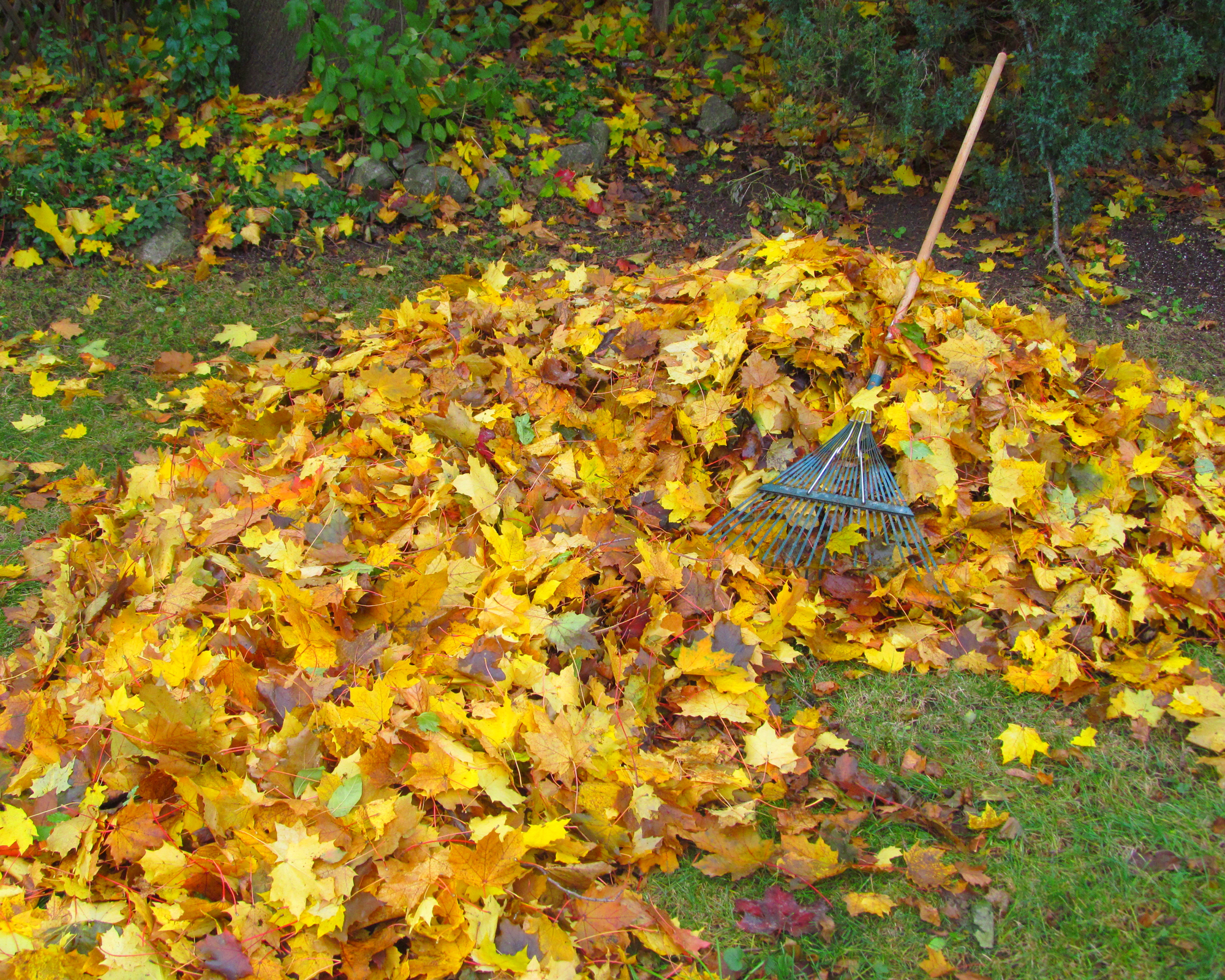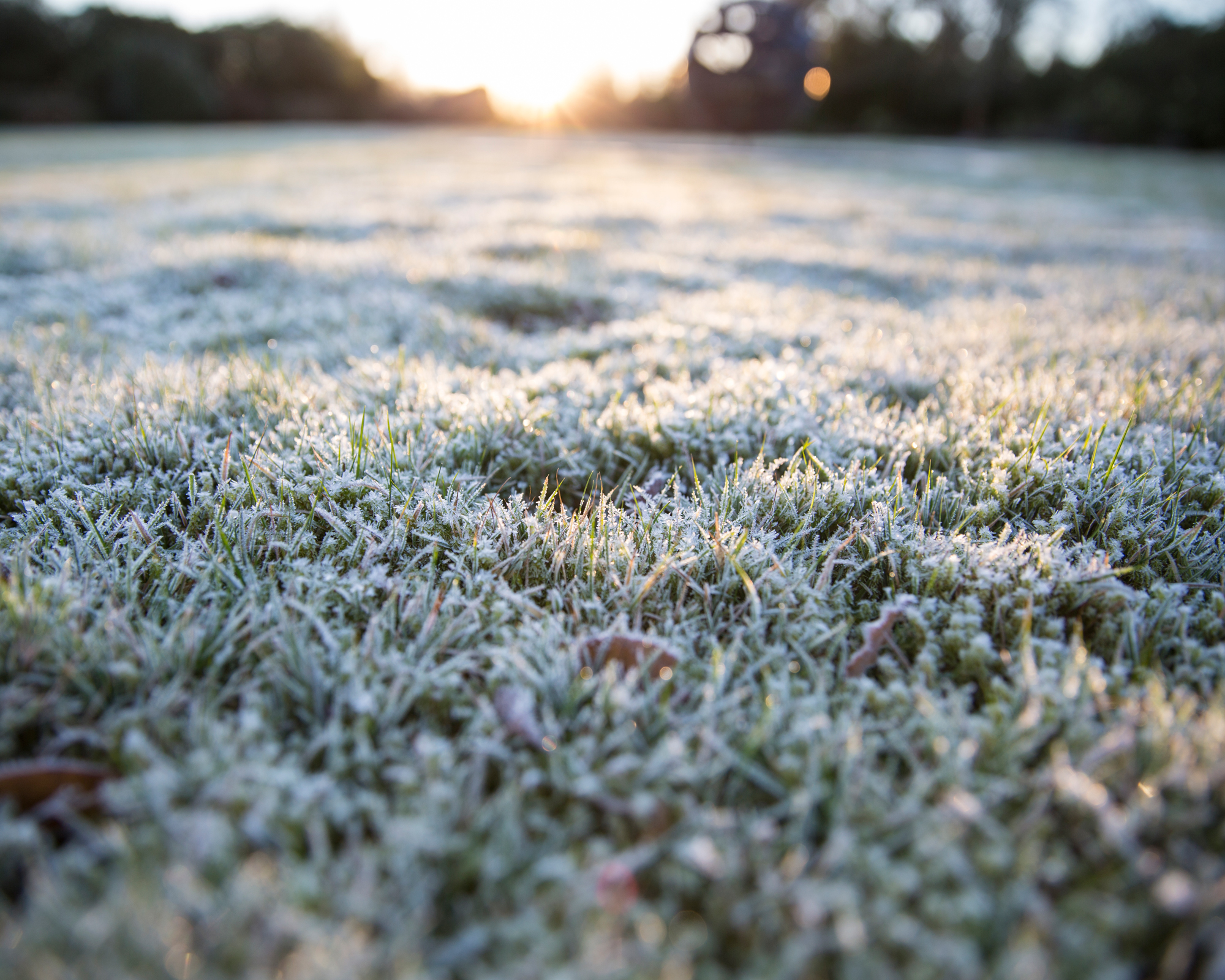When is the last time to mow the lawn before winter? Experts answer
If you want to know when is the last time to mow your lawn before winter, use these simple guidelines from professionals

If you want to know when is the last time to mow the lawn before winter, there are a few easy guidelines to follow. Stopping mowing at the right time is essential for letting your lawn recover over the winter and ensure healthy new growth next spring. Overmowing is bad for lawns at any time of year, but is particularly damaging once the lawn has entered its dormant stage.
Knowing the latest time to mow the lawn is one of those essential autumn lawn care tips that will help you keep your lawn in top condition. We've asked lawn experts to explain how you should determine your last mowing time. Here's what they had to say.
When is the last time to mow lawn before winter?
In a nutshell, determining the last time for mowing a lawn is all about working out when your lawn will go into its dormant stage. According to Jeremy Yamaguchi, the CEO of Lawn Love, the best indicator of a lawn going dormant is the air temperature. As Jeremy explains, 'most species of grass begin going dormant once temperatures fall consistently below 50˚F (10˚C). For many parts of the country this will be in late October or sometime in November.'
Jeremy cautions that although 'this is ideally the last time you should mow', it certainly is 'not the last time you need to do lawn work!' Once you've stopped mowing, you will need to 'make sure you rake up those leaves, pine needles, and other debris as the decaying organic matter actually won't be good for your grass surviving its dormant period.' Having the best garden rake in your tool collection is handy for this essential task.

If you are experiencing fluctuating temperatures where you live, then you can use a different method for working out when to stop. Marc McDermott, lawn care expert at ObsessedLawn.com, advises that 'the last time you can mow your lawn is when the leaves have fallen from the trees.' However, Marc also points out that 'if your yard tends to stay wet, then November is the latest you should mow. Over-wet conditions can result in compaction and pushing down of mulch over time, so keeping the grass height low will help keep it looking nice all winter long.'
In drier climates, 'if your yard stays dry and doesn't need watering or seeding in fall, then you could wait until later than November to mow just for aesthetics.' The best lawn mower will help you achieve a better cut quality, too.

The latest mowing time is partly down to individual preference
Michael Dean, landscaping expert and Co-Founder at Pool Research, points that when you stop mowing your lawn will partly depend on how you like your grass – 'If you want to keep your grass long during the winter, then it's a good idea to stop cutting just after the first frost.'
Michael also explains that the specific grass type you use will play a part, and 'some simple research can help you discern the ideal soil temperature for the type of grass in your garden, and primarily whether it's a warm-growing or cold-growing grass.' You can get away with mowing cold-growing grass a bit later into the fall season.
But regardless of what grass type you've got, 'once you've had the first hard frost (a frost that lingers into late morning) then your lawn has definitely entered dormancy, and won't require further mowing until the spring.'
These simple tips, together with knowing how to mow a lawn correctly during different seasons, will help you make sure you have healthy grass next spring
Anna writes about interior design and gardening. Her work has appeared in Homes & Gardens, Livingetc, and many other publications. She is an experienced outdoor and indoor gardener and has a passion for growing roses and Japanese maples in her outside space.
